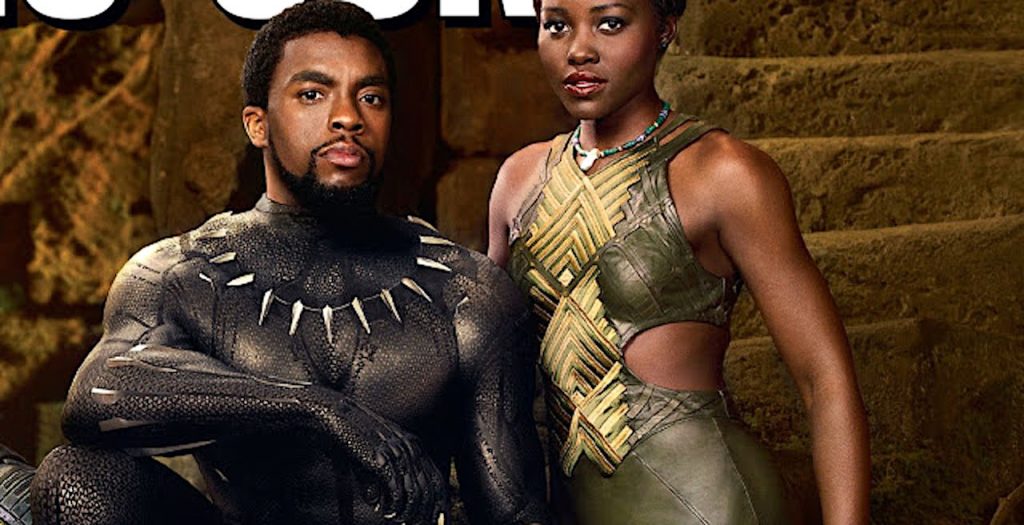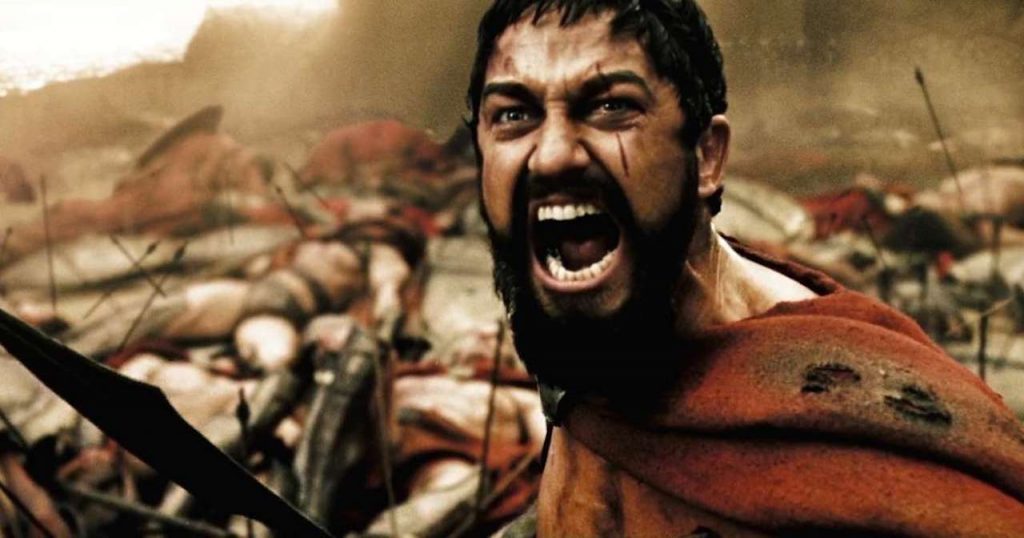- The Nature Of Conflict (Part 1)
- The Nature Of Conflict (Part 2)
MORAL IMPERATIVES AS CONFLICT
Many war films, especially those about Vietnam, feature moral dilemmas that the characters have to face and deal with. Platoon, Full Metal Jacket, and Deerhunter for example, put characters in untenable situations of conflict between their duty and their conscience. In Apocalypse Now, Martin Sheen’s character (Captain Benjamin Willard) is sent to bring back (or kill) Colonel Walter Kurtz (Marlon Brando) who has ‘gone native’ and is leading an insurgency after he is no longer able to deal with the hypocrisy of the war. Kurtz’s duty compass has been broken by the insanity of Vietnam.
Zero Dark Thirty deals with torture to gain information and whether that is ever ethically okay to use. Moral imperative vs need. The greater good argument is in full trot here.
VALUES
A character’s values internal or enforced externally detail how things are and what guides behavior. In order to do any type of conflict justice, those values have to be clearly set up in your script usually in the first act or pilot episode. The character is established as having an individual set of behavioral values that will conflict with a situation.
An Aussie show called The Heart Guy (aka Doctor, Doctor) features a (very) young couple who fall in love with each other. Although not the main characters, because of who they are to the other characters, their relationship impacts many of the storylines.
Being in love, they want to take their relationship to another level, but Hayley has been brought up in a strict, religious household and is determined to wait until marriage. Ajax, her beau, is understanding and willing to honor her wishes but he’s a teenager, and is always antsy to do more than kiss. This creates massive tension and conflict. They do eventually make love and the repercussions of this waiting vs not waiting cause many hilarious and touching moments as both Hayley and Ajax try to deal with their actions. The rules the characters abide by are what becomes the tapestry of the conflicts they face.

T’Challa (Chadwick Boseman) and Nakia (Lupita Nyong’o) in Black Panther. Photo courtesy of Disney+
In Black Panther, T’Challa (Chadwick Boseman) feuds with his ex-GF, Nakia (Lupita Nyong’o) about opening Wakanda up to the world and sharing Wakanda’s technology. As a war dog who has lived in the ‘real’ world helping women escape poverty and violence, Nakia knows Wakanda could help their causes greatly. Sympathetic to Nakia’s wishes, nevertheless T’Challa, as king, has a different set of perspectives to consider. T’Challa would like to help but doesn’t feel like he can without putting Wakanda in jeopardy. Part of this character’s journey is this conflict between the way he was raised and his conscience; especially when his cousin, Killmonger, comes to challenge the throne so he can do what Nakia wants – except in a much more brutal fashion. Both Nakia and Killmonger represent the same conflict but in different approaches which makes the story ultra-rich. This tradition vs intellect conflict is amazingly well-turned in the first Black Panther movie.
RULES OF THE STORY/WORLD
Obviously, diametric opposition is the number one technique to use for max conflict. There is nothing purer than two characters at odds with each other.
But unless the stakes are life and death – and all stakes, even in drama, must be life and death, the conflict won’t work for the entire film or series. One way to keep it tense is to establish a global set of rules that will play out strongly across the film or series.
In the 40s and 50s homosexuality was illegal in many places in the world. A famous scientist, the genius Alan Turing who broke the Nazi’s Enigma code machine and was responsible for many, many innovations in computer science was gay. Turing was arrested and convicted of this ‘crime’ and chose to undergo chemical castration. He lost so much because of this that he ultimately committed suicide – or so it was reported. The movie The Imitation Game uses this conflict in great measure and it truly drives the film.
In the Brit TV series Grantchester one of the curates is gay. Anglican vicars can marry, but according to Church’s teachings, gay men cannot engage in any sort of relationships.
Leonard, the curate, is in love with a man. This causes him to not only violate his vows, but fall out with many of his friends. The character is in hell on Earth because of who he is and as he faces the rules of the world. Not only is he fearful about being found out, Leonard questions constantly why God made him this way because it’s a horrible burden for him. His anxiety is powerful and palpable as he negotiates what seems like an impossible path. He feels he can never be truly happy. If he indulges his desires, he’s condemned both in this life and for eternity; if he abstains, he is never going to be fully fulfilled as a person.
Similarly, the series’ original head vicar played by James Norton struggles with his love for a married woman. Even after her divorce, he is forbidden by his vows not to engage with her. Their relationship drives many a scene over three seasons as both live in a world not of their choosing.
Surrounding a character in the proper set of circumstances and rules allows conflict to bloom like an out-of-control garden. The conflict comes at the story from a plot angle – repercussions and actions – but also from an emotional impact as characters struggle to fit who they are in the world you’ve created.
In The 300 the Spartans lived by a set of rules that were immutable: “Come home on your shield or not at all” soldiers were told. King Leonidas and the 300 Spartans who stood against the hundreds of thousands of Persians did so heroically but also because to do otherwise would have been unthinkable in their world.

King Leonidas (Gerard Butler) in 300. Photo courtesy of Warner Bros.
Rules can be small. A household: the parents have restrictions that the children must live by. A company has a set of rules for behavior or dress. A couple have agreed to doing things – or not – and violating these rules creates interpersonal conflict. It’s the boundaries you set in your story that creates the best types of conflict as characters deal with abiding with or breaking these boundaries.
Star Trek’s Prime Directive. A military’s rules of engagement. A school’s code of conduct and consequences for violation.
These are rules that can and will create massive conflict.
SPORTS STORIES
Some stories by their nature bleed conflict. Cops, lawyers, doctors – all fertile ground for conflict. But sports-driven tales are inherently conflict-rich.
Whether it’s the quarterback who parties too much, the underdog team, the fight between two teams, the crooked manager or the system like in North Dallas Forty – this genre more than most, because of what it is, creates conflict instantly.
Friday Night Lights always had massive conflict because of the drive during the season to win. The coach was under constant fire, the quarterback who stepped in because of injury never went without his doubts or doubters’; the running back who constantly puffed himself up because he felt he was fated to be a superstar – these stories and more made FNL a huge success season after season.
42 showed Chadwick Boseman’s turn as legendary ballplayer Jackie Robinson who broke MLB’s color barrier. Equal parts a struggle against prejudice and his personal demons, the story illuminates what it’s like to be a superstar who isn’t loved by fans. True stories in general are a great place to find conflict but especially in the world of sports where egos, drive, and money are outsized.
ID and SUPEREGO
A concept worth mentioning as another way to create conflict has to do with the duality of our natures according to Freud. ID in this case is defined as what a character wants and Superego is someone who plays by the rules. We war with these natures. The old devil on one shoulder and angel on the other.
Many famous couples have existed in this context.
In Moonlighting Cybil Sheppard is a play-by-the-rules sort of person. Her new (unwanted) partner, Bruce Willis, never met a rule he didn’t bend or break.
Similar in nature is a lot of famous teams like Holmes and Watson. Mulder and Scully in X-Files. Woody and Buzz in Toy Story.” Jay and Silent Bob. Kirk and Spock. Han Solo and Luke Skywalker.
Conflict abounds when you set two characters in close proximity who are measurably different in nature.
IN CONCLUSION
Without conflict you got a dead or dying story: Let’s watch grandma knit for two hours. Or, how about those crazy cats? Let’s tour an Ikea store, section-by-section documentary-style! All may be informative, but they will not be dramatic.
Conflict is your story’s lifeblood. Feed it well.

